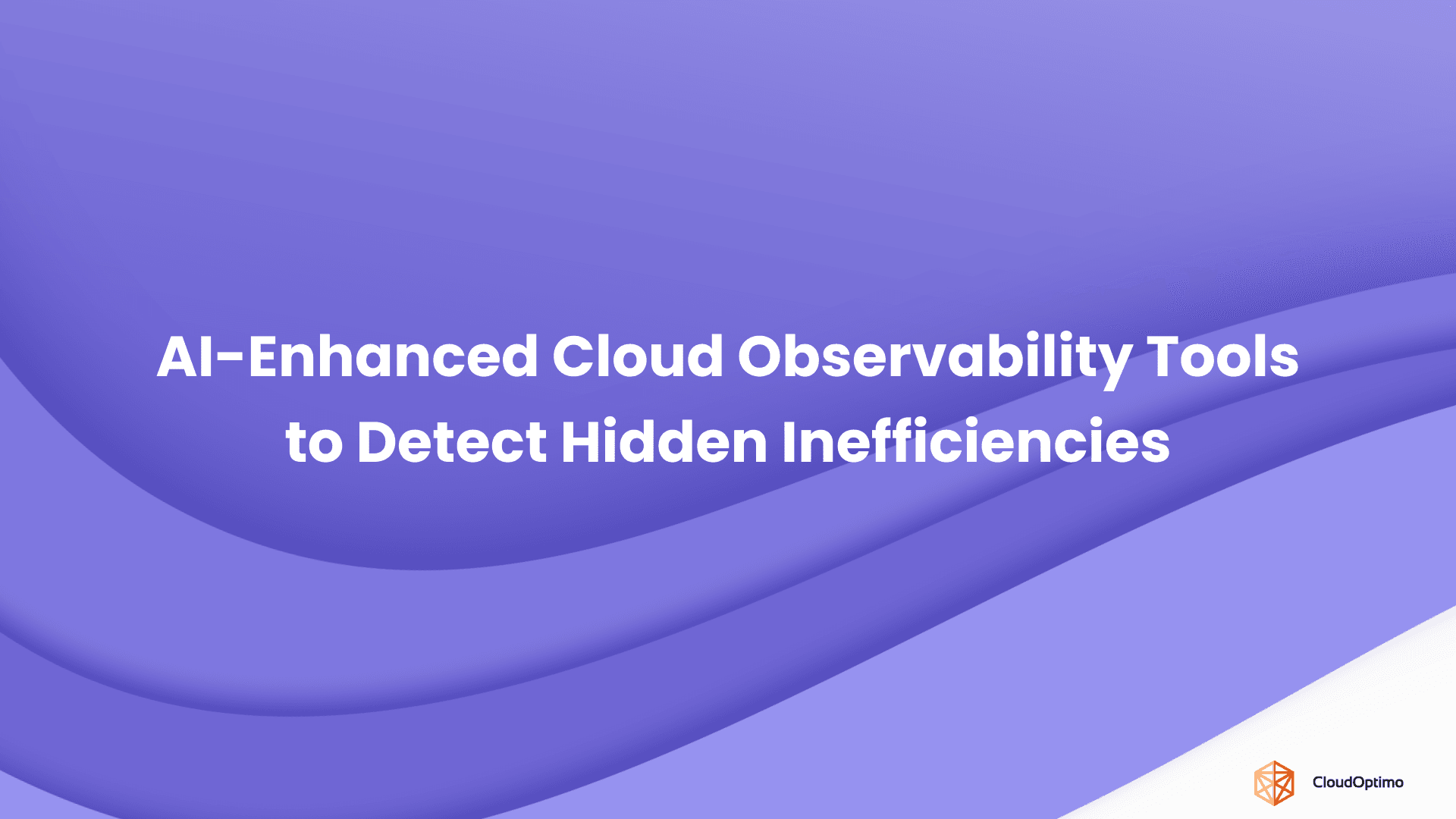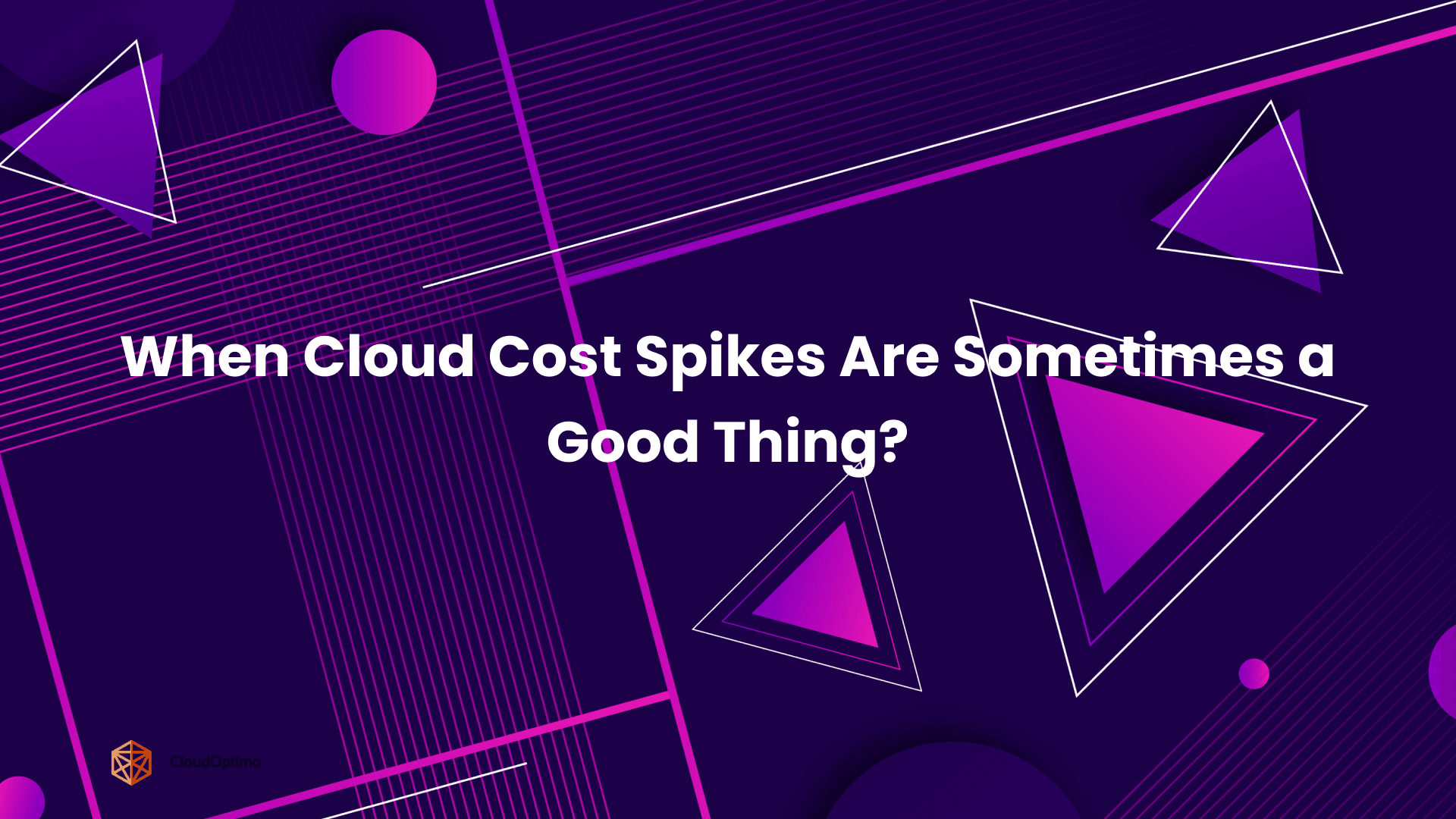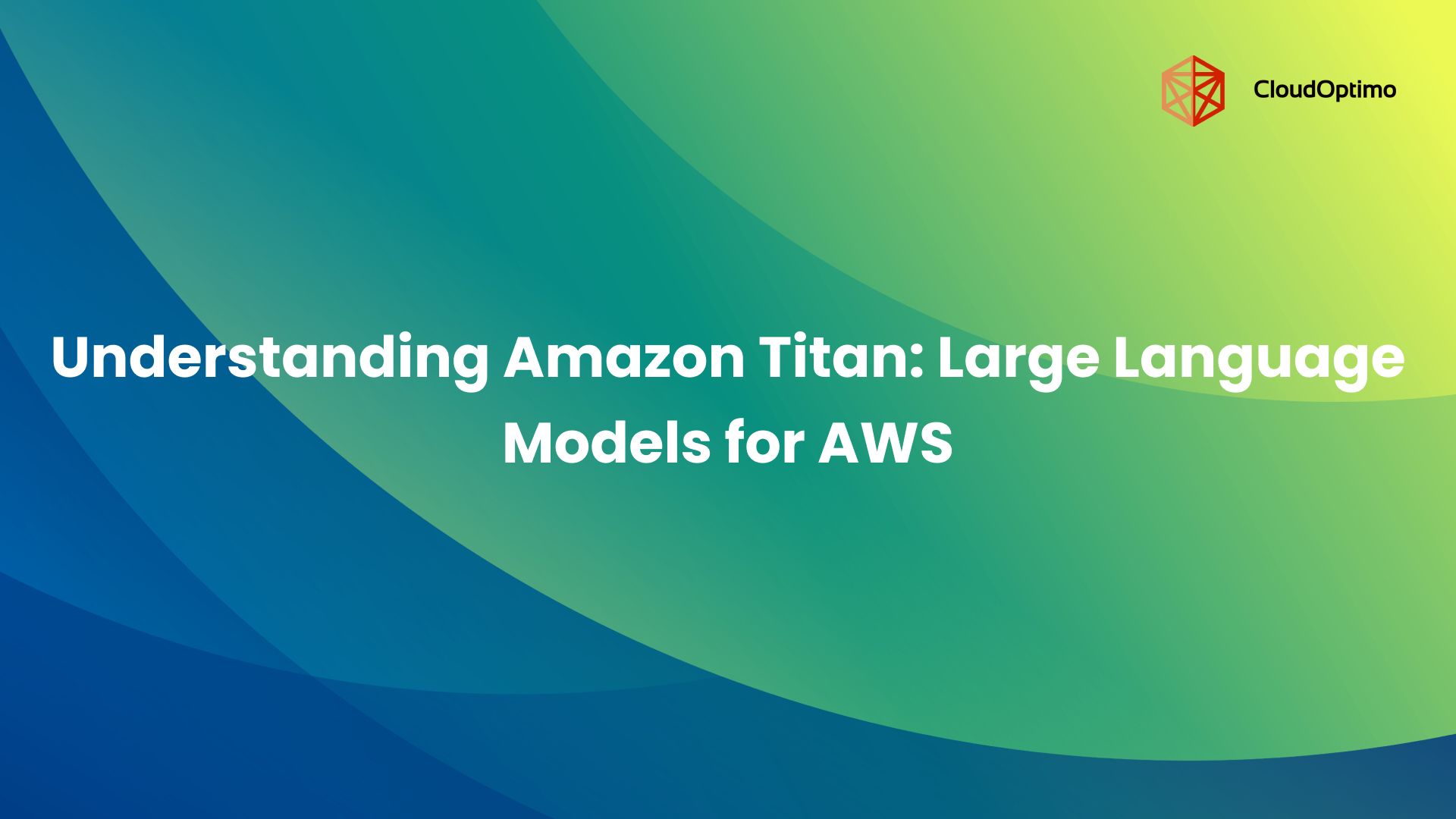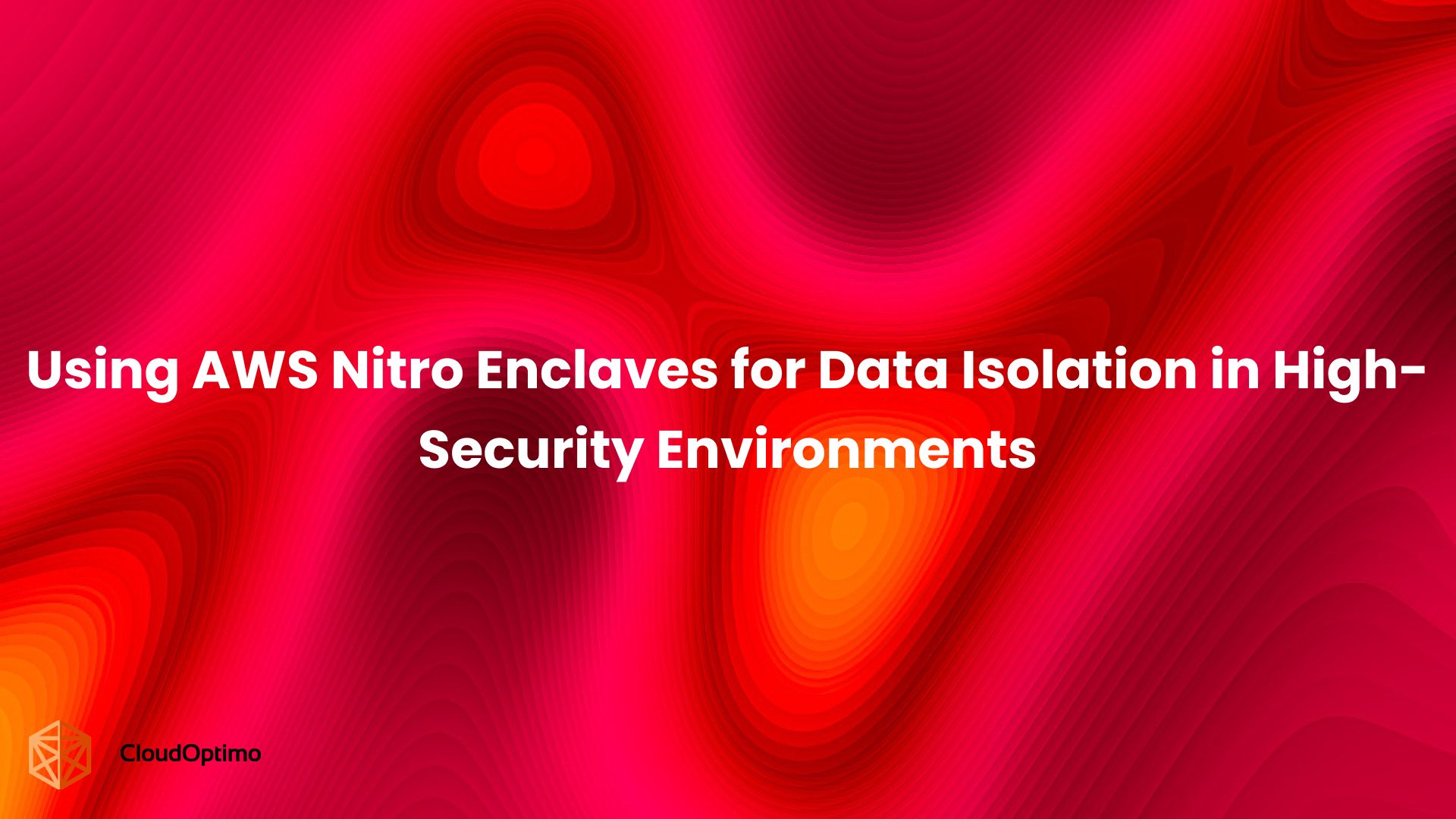Public cloud adoption has reached a level of scale where most enterprise workloads now run outside of traditional data centers. But one category has remained difficult to move: workloads involving highly sensitive data. Regulatory constraints, internal risk controls, and architectural limitations have kept them anchored on-premises or in isolated environments, not because the cloud couldn’t run them, but because the cloud couldn’t see them without risk.
Azure Confidential VMs change that.
By enabling data to remain encrypted even during processing, Confidential VMs introduce a fundamental shift: organizations no longer have to expose sensitive workloads to the cloud infrastructure in order to run them in the cloud. This is not an incremental improvement in security; it is a structural change in how cloud computing can be used.
For enterprises, this opens new territory. Data that was previously off-limits to cloud transformation can now be integrated into digital workflows, machine learning pipelines, and analytics platforms without compromising ownership, control, or compliance posture. The decision is no longer about whether the cloud is secure enough. It’s about how far your organization is ready to go when security is already assumed.
The Cloud's Expanding Role in Sensitive Workloads
Enterprise cloud adoption has reached a critical juncture. Organizations that once relegated only non-sensitive workloads to the cloud are now evaluating their most critical applications for migration.
- Financial institutions are moving to trading systems
- Healthcare providers are processing patient data
- Manufacturing firms are running proprietary AI models
This shift reflects more than just technical maturity. It redefines how organizations balance operational efficiency with confidentiality. Traditional models still require a high degree of trust in cloud providers. Confidential VMs change this by removing the provider from the trust equation.
Data in Use: The Remaining Vulnerability
Limits of Traditional Encryption
Enterprises have long used encryption to protect data at rest and in transit. These methods are effective, but they do not protect data in use, the moment when data is decrypted in memory for processing.
Exposure During Processing
When applications need to process data, that data must be decrypted and loaded into memory. During this processing phase, the data becomes visible to the operating system, hypervisor, and potentially the cloud provider's administrative tools.
While data moves through compute resources, it exists in an unencrypted state within system memory. This exposure means that privileged users, malicious administrators, or sophisticated attackers who gain access to the underlying infrastructure can potentially access sensitive information.
This creates a critical window of vulnerability. For many organizations, this risk has been the deciding factor in not moving regulated or high-risk workloads to the cloud. The shared responsibility model places significant trust in the cloud provider's security controls and personnel, creating compliance and risk management challenges for organizations handling regulated or highly sensitive data.
Confidential Computing: Securing Data in Use
Confidential computing directly addresses this vulnerability. It provides a protected environment where sensitive data can be processed without being exposed to the surrounding system.
The protection works at the hardware level. Applications run inside secure enclaves, created by the processor, which keep data isolated even from the cloud platform itself. Outside this boundary, all data appears encrypted, even to privileged system components.
Trusted Execution Environments
Trusted Execution Environments (TEEs) are a key part of how Azure Confidential VMs protect data during use. They create an isolated space inside the processor where applications can run securely, even if the rest of the system is compromised.
These environments are controlled by the hardware itself, not by software or system administrators. This makes them resistant to many common attack methods, including those that target the operating system, hypervisor, or other privileged layers.
Modern processors from vendors like AMD and Intel include built-in support for TEEs. These features allow memory used by the VM to remain encrypted and inaccessible to the platform, including Microsoft itself.
This hardware-level isolation means that sensitive workloads can run in the cloud with protection not just from external threats, but also from the cloud infrastructure hosting them. It’s a shift from relying on trust to depending on technical enforcement.
Azure Confidential VMs: Securing Data in Use
Azure Confidential VMs extend the standard virtual machine concept by adding hardware-enforced confidentiality controls. Using hardware-based isolation, they ensure data remains encrypted not only at rest and in transit, but also while in use.
These VMs run on processors that create a secure boundary around the entire virtual machine. Unlike traditional VMs, where the hypervisor has complete visibility into the guest operating system and applications, Confidential VMs encrypt the VM's memory and state using keys controlled by the hardware security module. Azure cannot access the memory, system state, or data inside. The cloud platform can manage basic operations, but it cannot view or interfere with what runs inside the VM.
Hardware-Based Isolation Through TEEs
Each Confidential VM operates inside a Trusted Execution Environment (TEE), created by the processor at launch. This environment encrypts all memory using keys generated and protected by the hardware. The keys are never shared with Azure or exposed to any external system.
The built-in attestation process allows workloads to verify that they are running in a trusted, untampered environment. This verification uses cryptographic proof, not assumptions.
Key Capabilities
- Memory encryption during use, not just at rest or in transit
- Attestation support for verifying the trusted execution environment
- No application changes required; standard deployment processes apply
- Full integration with Azure services, with security boundaries preserved
The additional security controls operate transparently, preserving compatibility with existing applications and workflows.
The result is a virtual machine that behaves like a standard VM but with hardware-enforced confidentiality.
From Shared Responsibility to Shared Assurance
Cloud adoption has always involved balancing what customers secure themselves and what the provider secures on their behalf. That balance is changing.
Beyond Shared Responsibility
Traditional cloud models rely on a shared responsibility framework, but this still requires trust that the provider will fulfill their side. Confidential VMs shift this by enabling verifiable protections, security that doesn’t rely on assumptions or insider safeguards.
The evolution also reflects changing threat models. Cloud platforms are valuable targets, and attackers increasingly focus on the layers that customers cannot control. Confidential VMs address this by ensuring that even if those layers are compromised, sensitive data stays protected.
Hardware-Based Boundaries
The protections in Confidential VMs come from the processor itself. Unlike software or administrative settings that can be bypassed, hardware enforcement is not subject to the same weaknesses. Instead of trusting the cloud software stack, organizations now rely on processor-level controls. These boundaries are:
- Enforced by the hardware
- Isolated from the OS and hypervisor
- Independent of provider access
Even privileged access does not compromise the data inside. Because the protection is cryptographic, it can also be verified. Organizations are able to confirm that workloads are running in a secure environment and that controls are active
Redefining Platform Trust
With Confidential VMs, cloud providers remain responsible for uptime, performance, and infrastructure, but not for data confidentiality. Sensitive workloads stay private, regardless of the provider’s access to the platform.
It also makes governance and compliance more straightforward, since organizations can rely on verifiable protections rather than oversight alone.
By shifting control to the customer and enforcing boundaries through hardware, Confidential VMs unlock new options for high-risk applications.
Sensitive Workloads That Can Now Move to the Cloud
With Confidential VMs shifting the security model from trust to enforcement, workloads that were previously restricted to on-premises environments due to risk or regulation can now be considered for cloud deployment.
Common Use Cases
In financial services, systems such as trading platforms, risk analysis engines, and customer data applications can run securely in the cloud. The protections ensure compliance with strict regulatory standards while giving institutions access to cloud scalability and performance.
Healthcare organizations can process patient records and run clinical AI models in a confidential environment. Protected health information remains secure at every stage of processing, allowing providers to meet privacy obligations while accelerating medical innovation.
For artificial intelligence and machine learning, Confidential VMs make it possible to train models on sensitive or proprietary datasets without exposing the raw data to the cloud platform. This protects intellectual property and enables new applications in research, analytics, and customer insights.
Accelerating High-Risk Applications
Hardware-enforced protections simplify internal security assessments. With attestation and isolation built in, risk teams can approve migrations more quickly, enabling:
- Faster deployment of high-impact systems
- Reduced reliance on exception processes
- Shorter paths from planning to production
Risk assessments also become more focused. Instead of spending significant time evaluating the cloud platform itself, teams can direct attention to application-level risks. This streamlines reviews and makes cloud adoption less resource-intensive.
Overcoming Internal Resistance
Confidential VMs also address common internal concerns. Legal, compliance, and business teams no longer have to balance cloud benefits against data exposure risks. Data confidentiality is guaranteed, regulatory obligations are maintained, and proprietary information stays secure, enabling organizations to move forward with cloud strategies that were previously considered too high risk.
This removes the need for exceptions, workarounds, or compromises, enabling sensitive workloads to benefit from the same cloud transformation already common for less critical systems.
Compliance That Supports Cloud Transformation
Moving sensitive workloads to the cloud often raises questions about regulatory obligations. Confidential VMs enable organizations to meet these requirements with technical certainty, rather than relying on trust.
Verifiable Security Controls
Organizations can provide auditors and regulators with proof that sensitive data is protected at all times. Attestation ensures workloads are running securely, reducing the need for lengthy policy-based verification.
Data Control Without Compromise
Encryption keys remain under the organization’s control, inaccessible to the cloud provider. This satisfies regulatory requirements while keeping critical data secure.
Streamlined Oversight
Hardware-enforced protections reduce the time and effort needed for audits. Continuous verification enables security and compliance teams to focus on application-level risks rather than the underlying cloud infrastructure.
Faster Approvals, Lower Risk
Clear technical boundaries simplify legal and compliance reviews. With guaranteed data confidentiality, organizations can expand cloud usage for critical workloads without delays or exceptions, enabling more rapid innovation while maintaining regulatory alignment.
Teams can establish clear technical standards that automatically satisfy legal and compliance requirements without requiring case-by-case reviews.
A Seamless Path to Adoption
With compliance in place, the next challenge is adoption and Confidential VMs make it seamless, running existing workloads without disruption or added complexity.
Works with Existing Applications
Existing applications can run on Confidential VMs without modification. Operations teams can use existing deployment scripts, monitoring tools, and management procedures without modification. This operational consistency reduces the learning curve and implementation complexity for organizations adopting confidential computing.
Performance characteristics remain consistent with standard VMs for most workloads. While some cryptographic overhead exists, the hardware-based implementation minimizes performance impact. Most applications will experience negligible performance differences when moving to Confidential VMs.
No Redesign. No Delay
Applications do not need to be aware that they are running in a confidential environment. Database systems, web applications, and enterprise software can migrate to Confidential VMs using standard deployment procedures. The confidential computing environment provides additional protection without changing application behavior or requiring specialized deployment tools.
Third-party software and vendor applications can run in Confidential VMs without vendor involvement or certification. The transparent nature of the protection means that software vendors do not need to modify their products or provide special support for confidential computing environments.
Built for DevSecOps Integration
DevOps teams can incorporate confidential computing into their standard deployment processes without requiring new tools or workflow modifications.
Security scanning and vulnerability management tools can operate normally within Confidential VMs. The additional security layer does not interfere with existing security tooling, allowing organizations to maintain their current security operations procedures.
Monitoring and logging capabilities remain available within Confidential VMs. Operations teams can maintain visibility into application performance and behavior while ensuring that sensitive data processing remains protected from external observation.
Unlocking New Possibilities Through Confidentiality
The same hardware-backed protections that simplify deployment now enable entirely new ways to use, share, and protect sensitive data in the cloud.
New Ways to Work with Data
Confidential VMs enable organizations to collaborate on data without losing control of it. Financial institutions can run joint risk models without sharing raw datasets, researchers can train AI across multiple contributors without exposing proprietary information, and service providers can offer new processing capabilities without requiring customer data access.
Faster, Safer Decisions
Because protections are built into the hardware, approvals move faster. Risk teams spend less time debating trust assumptions, and business leaders can act on cost and performance factors without stalling over security. Cloud migration shifts from a prolonged debate to an executable plan.
A Strategic Standard
Confidential computing should be built into cloud roadmaps by default. It changes how architectures are designed, how vendors are evaluated, and how risk is managed. Organizations that treat it as a baseline today will be positioned to adopt new workloads, new partnerships, and new business models tomorrow.
What to Do Next
If you’re exploring Confidential VMs, don’t wait for a massive migration project to get started. Three concrete moves you can make now:
- Pick a candidate workload that has been blocked from cloud migration due to sensitivity, e.g., regulated data processing, a proprietary AI model, or compliance-heavy financial workloads.
- Run a pilot on Confidential VMs using your existing deployment scripts and tooling. No redesign is required, so a proof-of-concept can be up and running quickly.
- Use the pilot to align stakeholders — security sees enforced controls, compliance gets verifiable evidence, and business units see faster delivery. This alignment often unblocks larger transformations.
Start by identifying one sensitive workload currently blocked from cloud migration. Evaluate how Confidential VMs could move it forward. That first step often becomes the proof point for broader transformation.





